Anyone who has taken an interest in sports shooting or hunting will know that the world of ammunition is as interesting as it is complex. It is the foundation of these practices, and therefore, it is helpful to understand the variances between certain types of ammunition for users looking to maximise their output, but also for professionals who will benefit from this knowledge. This guide is here to demystify this field when it comes to the five elements of ammunition that users care about the most: the types available; the safety precautions; the storage tips; the environmental factors; and the buying guides.
Table of Contents:
1. Types of ammunition
2. Safety precautions
3. Storage tips
4. Environmental impact
5. Buying guide
Types of ammunition
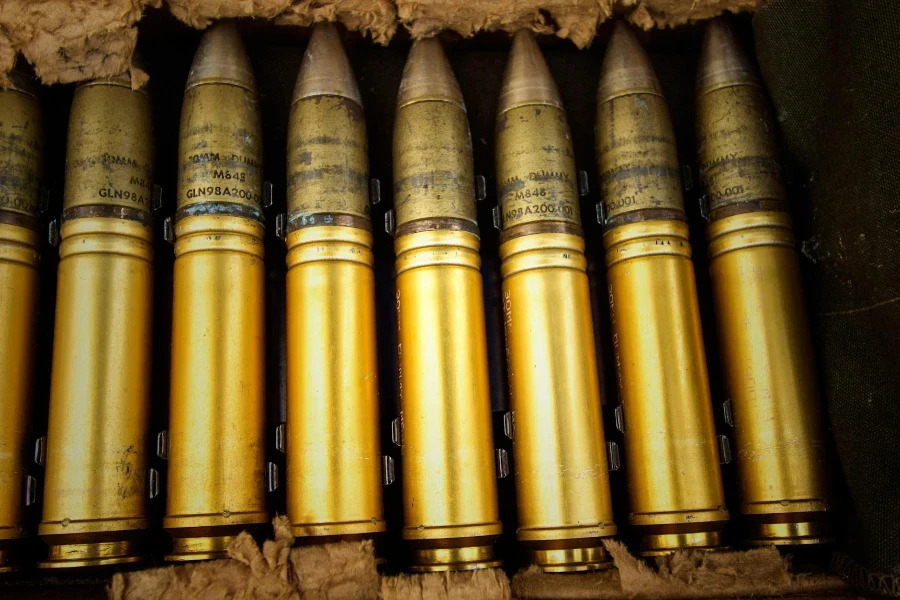
Different types of ammunition are designed for specific applications and firearms. Rimfire and centrefire cartridges are the two most common calibres used in rifles, handguns and shotguns. Rimfires are generally smaller and less powerful, which makes them well-suited for target shooting and small-game hunting, while centrefires have higher power and dependability, making them suitable for purposes such as hunting larger game, and home defence.
Sports shooting and hunting also are served by specialty ammunition, such as tracer rounds to allow low-light shooters to see the trajectory of their bullets, or frangible types designed to break up on impact to reduce the risk of ricochet. If you understand the differences and applications of all these types of ammunition, you’ll be a better shooter.
If you look at ammunition choices, you should consider your firearm’s calibre and what you are trying to do. Are you hunting, target shooting, home defence, etc? What do you like? Each type of ammunition has its own personality and benefits you will have to figure out what works best for you and your shooting goals.
Safety precautions
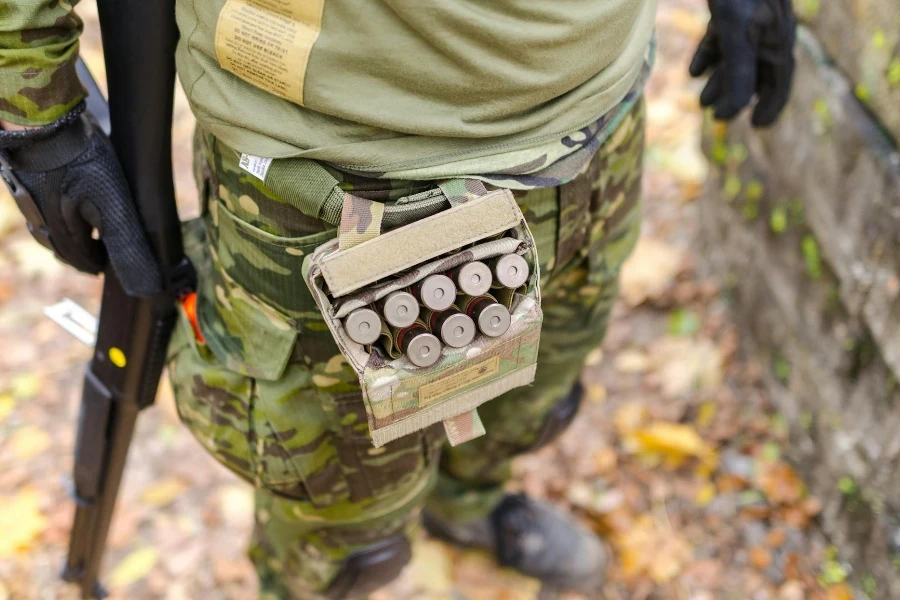
When in ammunition or shooting, always follow safety rules or else you put yourself of others in danger. Don’t put ammunition near the fire or open flame, it can burn, you can got hurt. After shooting, must weary the eyes , ears an other protection safe gear.
In addition to the obvious threat posed by the projectile, misfires or duds can create a dangerous situation, so it’s smart policy to leave the firearm pointing down range for at least 30 seconds in case the round eventually goes off, then to carefully eject the round as a precaution to prevent an accidental discharge.
It is imperative that you train your understanding of your firearm, how to disassemble it and clean it, and it becomes equally important that you familiarise yourself with the entire process of properly loading, firing, and unloading your gun, as you need to learn what works and doesn’t work with the specific ammunition that you use. Take as many safety courses as you can afford and, if possible, find an expert shooter to teach you about ammunition safety and care.
Storage tips
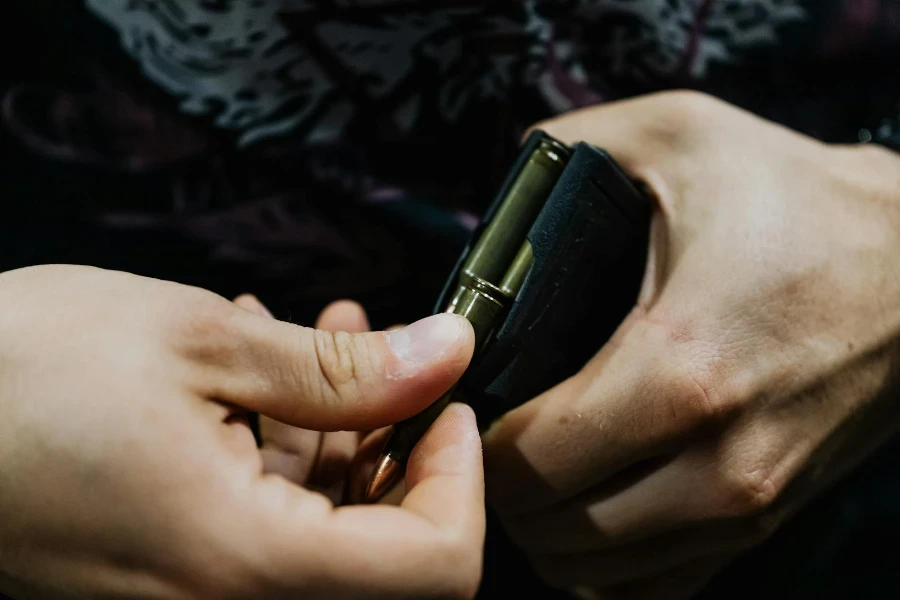
Properly storing ammunition is the key to keeping it in top form and avoiding accidents. Ammunition should be stored in a cool, dry place so that the elements do not cause it to corrode or deteriorate. Dedicated ammunition safes or cabinets will preserve the temperature and humidity in the optimal range and protect your investment.
Moisture is the prime culprit for damage to ammunition, so keeping humidity under control is highly recommended. Silica gel packs or a dehumidifier are a good choice for controlling the environment in your shooting cabinets. Some people store their ammunition in the original cardboard boxes or in plastic ammo boxes or tins with inserts specifically made to hold ammunition.
If you have the space, you can also group like ammunition by calibre, cartridge type, date you purchased it, and anything else that helps you to keep track of what you have and helps to rotate stock.
Environmental impact
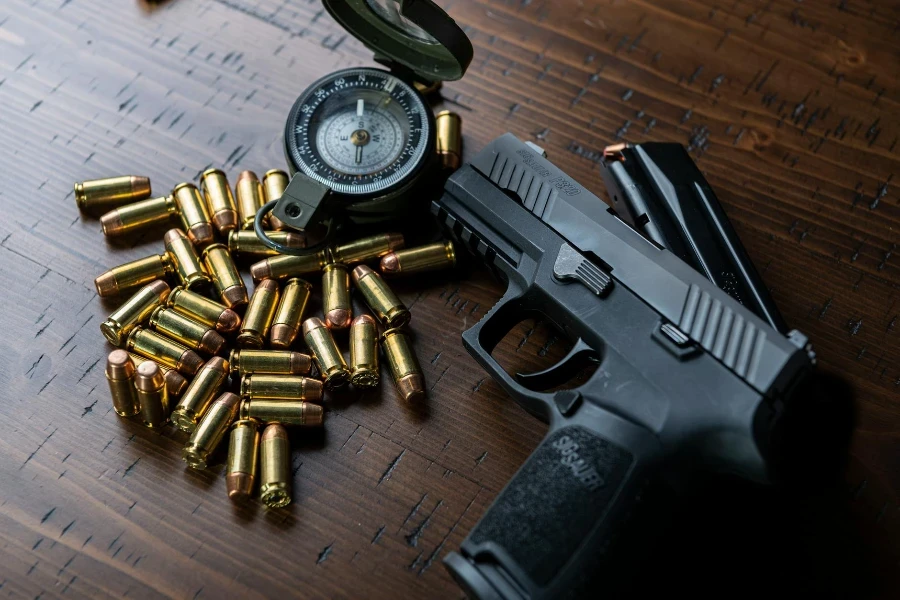
As more shooters and conservationists pay attention to the environmental legacy of ammunition, hunters and sport shooters should too. Lead toxicity is a significant issue. It’s one of the main ingredients in bullets and shells, and can harm wildlife and cause ecological damage when it gets left in the environment. That’s why many states now require lead-free or reduced-lead ammunition for hunting and shooting.
Manufacturers are also developing environmentally friendly alternatives to lead-based bullets, such as those made from copper, which is significantly less toxic, as well as others. These alternatives also have excellent ballistic performance.
Similarly, minimising damage to the environment also means taking steps to dispose of spent casings and unspent ammunition responsibly. Conscientious disposal through recycling programmes or at hazardous waste facilities ensures that environmental pollution is avoided, while also preserving materials that can be a limited resource.
Buying guide
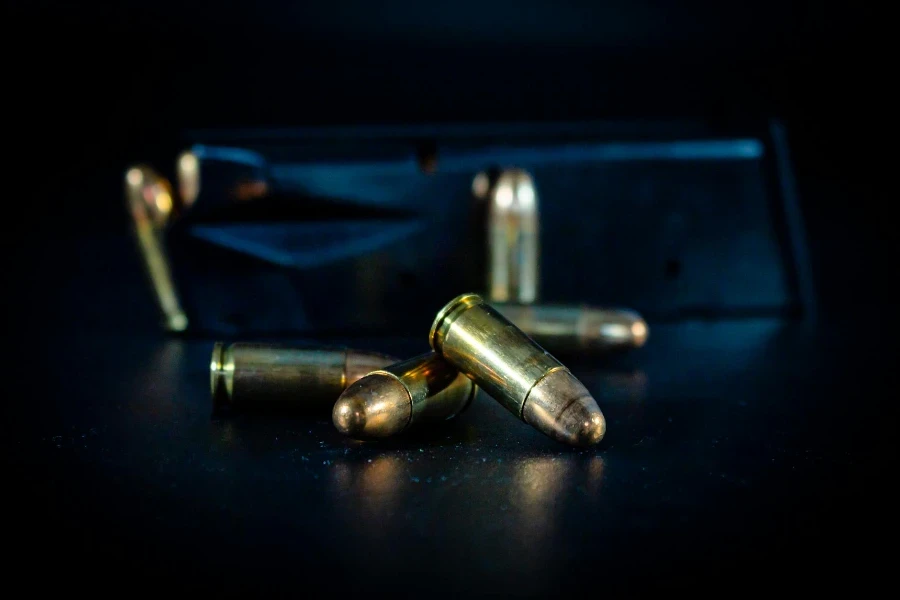
If you’re thinking of purchasing ammunition, it’s important to take several factors into consideration. First, which calibre and type of ammunition does your gun require? Second, research and reviews can help you decide which ammunition is the best performer, the most reliable, or the best value.
Price is indeed an important consideration, but it should not be the only one. While economy is a factor with ammunition, it is an unreliable one – cheap ammunition might be cheap because it is inaccurate, or because it will build up crud in the barrel of your gun, or for any other reason. The point is that by spending a few dollars more for quality ammunition from a trusted brand, your shooting experience will be more enjoyable, because it will be more accurate and safer.
At last, make sure you are aware of any restrictions on ammunition purchases and possession within your jurisdiction. Some areas have prohibited ammunition of certain calibres or projectiles, or may have other restrictions such as limits on magazine capacity.
Conclusion
Learning about your ammunition can help to aid you in getting the most out of your shooting experience while keeping you safe and making a decision that helps conservation. Keep reading to learn about the different types of ammunition, how to handle it safely, how to store it, recognise the environmental impact it has, and how to choose some good ones for your experience level. As always, you should be responsible when purchasing, using, and storing ammunition. There are a few different types of ammunition. Each type also has different uses. For example, you don’t want to be shooting a handgun round (bullet and casing) out of a shotgun. Doing so may result in damage to your gun and even serious injury to yourself. It’s important to know the types of ammunition so you know what you are shooting and how to handle it. One of the most common types of ammunition is the bullet and casing. In this type of ammunition, there is a head that holds the projectile and a casing that holds the powder.




